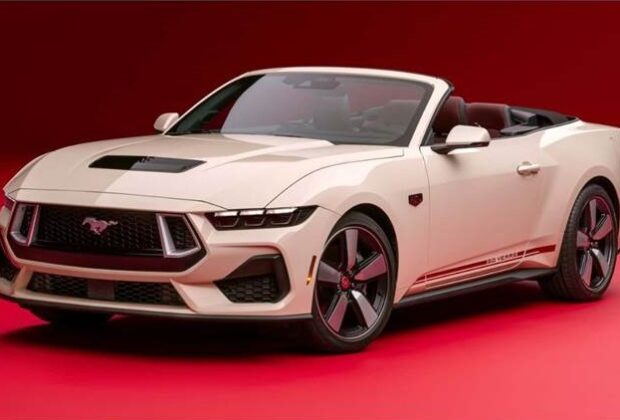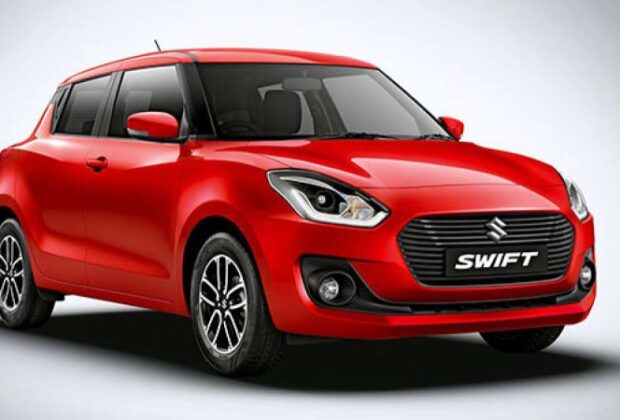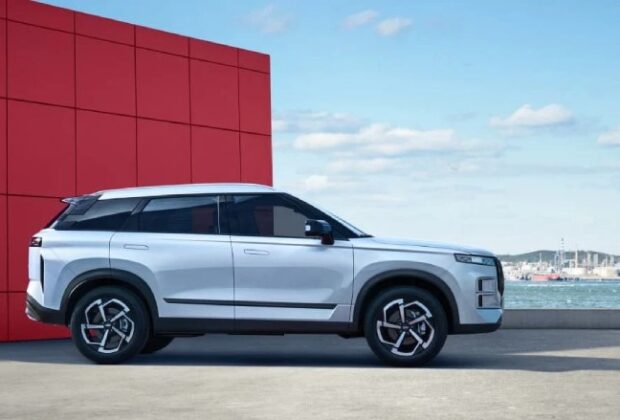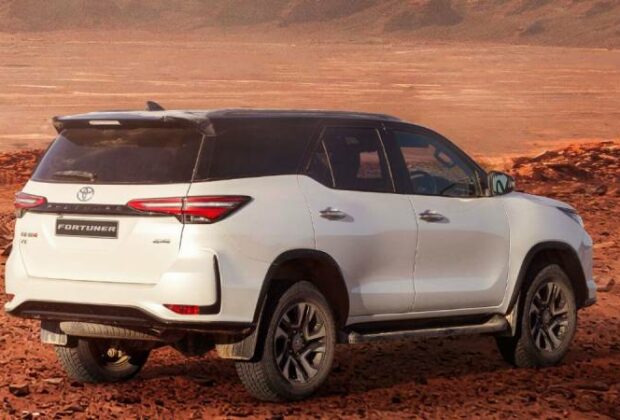As part of its efforts to comply with the country’s stricter internet rules, Apple has banned two of Meta Platforms’ popular products from the mainland China App Store: the social network Threads and the messaging service WhatsApp.
According to a search conducted by the Post on Friday, all evidence of Threads, which has gained enormous popularity on the mainland since its inception last July, and WhatsApp, the most popular messaging app in the world with over 2 billion monthly active users in 2023, has vanished from the local App Store.
According to Apple, those two apps were removed by Chinese regulatory officials due to concerns about national security.
In a statement quoted in a Wall Street Journal article that originally revealed the information, Apple stated, “We are obligated to follow the laws in the countries where we operate, even when we disagree.” “These apps remain available for download on all other storefronts where they appear.”
“We refer you to Apple for comment,” Meta said in an email statement.
On Friday, an inquiry for comment from Apple was not immediately answered.
According to a reports, Apple’s mainland App Store has also removed Telegram and Signal, two more chat applications.
In the midst of tensions between Washington and Beijing, Apple’s most recent steps at the request of Chinese officials demonstrate how the US company continues to manage changing mainland restrictions.
Based in Cupertino, California The latest government policy, which mandates that all domestic apps be licensed before they can be made available on the mainland App Store, was reflected in Apple’s October update to the instructions on its Chinese app developer website. This guideline essentially mandates that all applications be hosted locally and utilize a mainland domain.
Apps intended for mainland users must meet a number of censorship norms and criteria, including new data transfer regulations, in addition to getting an Internet Information Provider license from Chinese regulators.
On the mainland, there are further more stringent licensing procedures for apps that feature content about video games, books, periodicals, religion, and news.
In August of last year, Apple removed over a hundred apps that provided services similar to ChatGPT from its China App store in anticipation of the enactment of new domestic regulations regarding generative artificial intelligence.
The largest internet market in the world has long been isolated from American internet services and mobile apps by China’s Great Firewall. As a result, more people on the mainland are using virtual private network (VPN) services to get around internet limitations.
Even though Meta’s Facebook and the well-known photo- and video-sharing app Instagram are still available in the mainland App Store, using them within the nation requires a VPN.
Read Full Article













